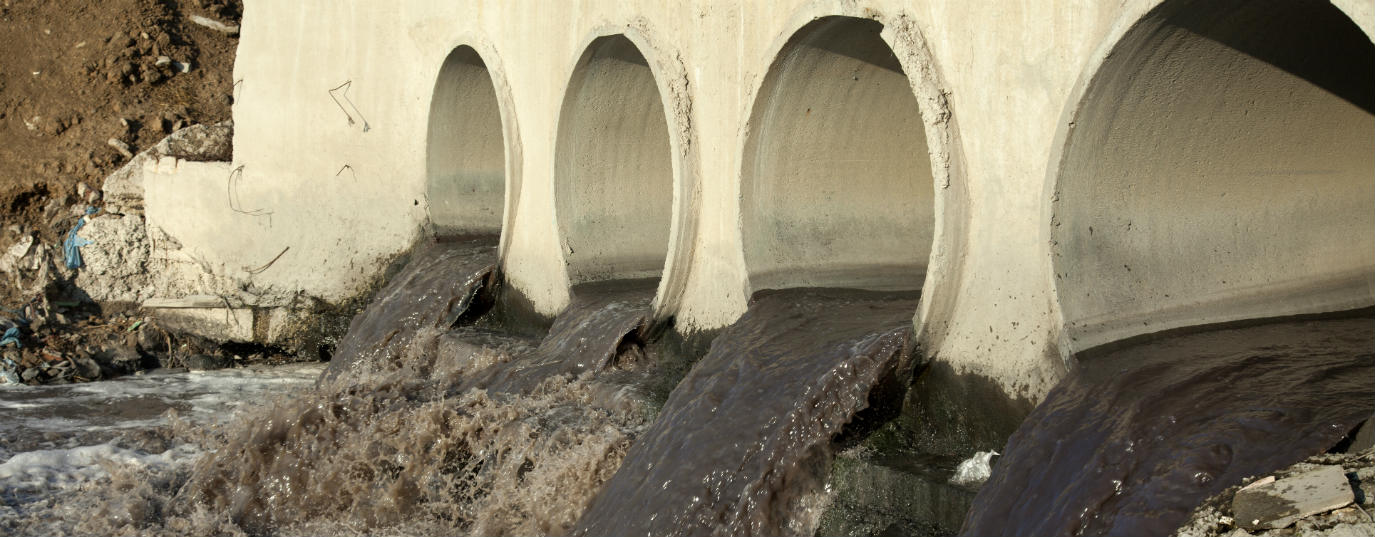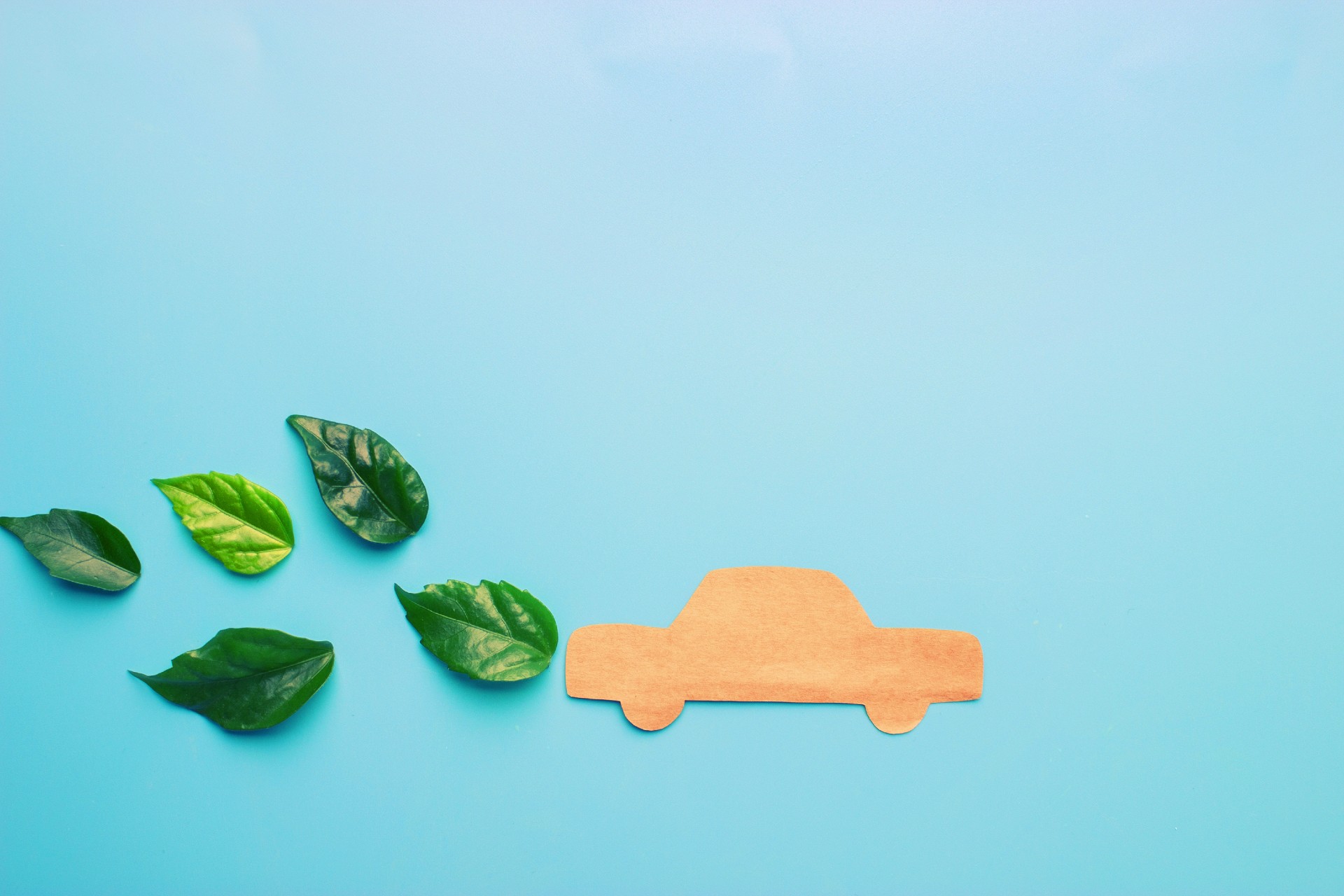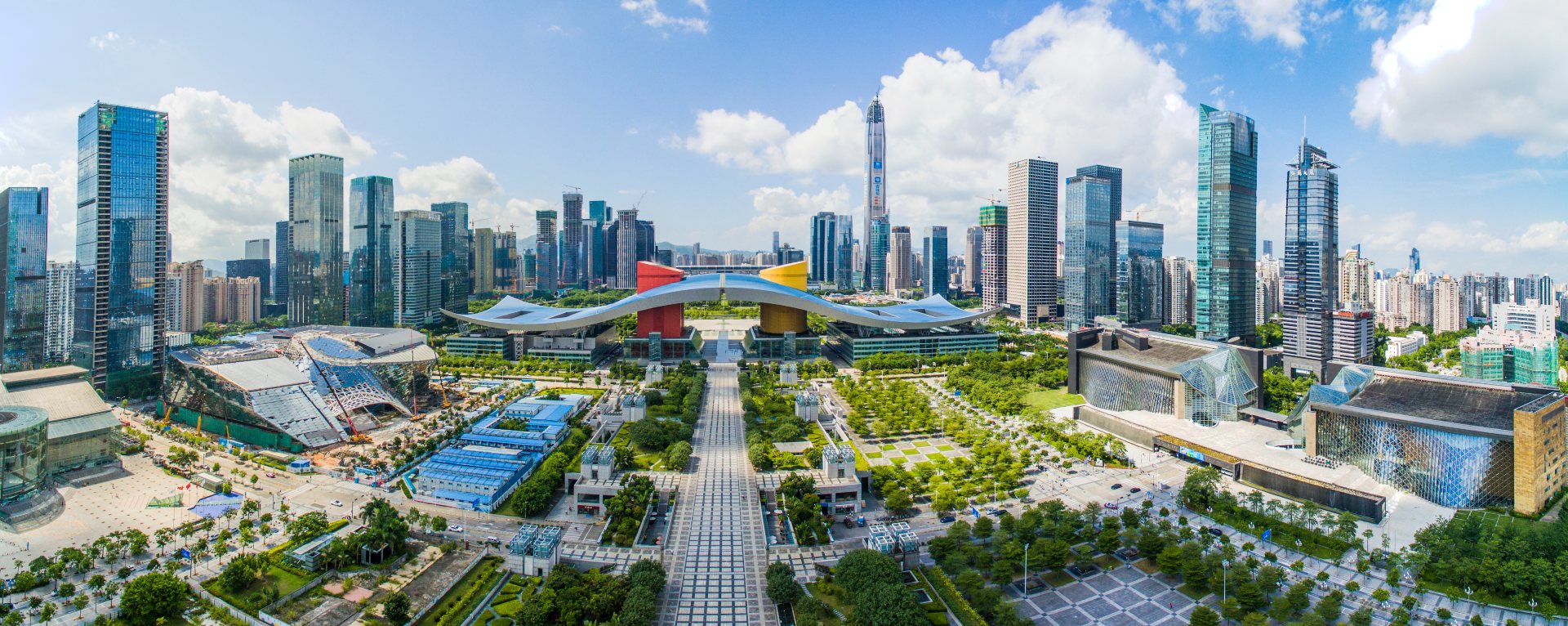Water treatment and other future challenges
Optimize drinking water treatment processes, sewage treatment infrastructure and stop excessive use of water in the farming sector are the three biggest challenges facing humans
Water, despite covering 70% of the Earth’s surface, is a scarce commodity. This is because only 2.5% of this water is freshwater, and just 0.3% of freshwater is found in lakes and rivers and is available for human consumption.
The scarcity of water, such a precious resource, is the reason for many of the big challenges facing humans which need responding to. The three main ones are:
- Access to drinking water
The World Health Organization estimates that 663 million people worldwide do not have access to drinking water. In many places there is abundant water, but not in conditions for use by humans.
The use of polluted water causes thousands of deaths and illnesses and exacerbates poverty. Additionally, in a scenario in which the global population is increasing, the fight for control over water resources is causing war, another reason why it is so important to optimize and maximize drinking water treatment processes.
- Lack of treatment of used water
It is estimated that 2.6 billion people do not have adequate water sanitation and sewage treatment infrastructure.
This causes increasing death from disease and a limited quality of life.
- The increasingly intensive use of water needed for production, especially in the farming sector
This problem is not related to precarious access to water, but to its excessive use. Over 70% of water use worldwide is for food production.
As such, for a cup of coffee, for example, we need about 150 milliliters of water. But, according to a study by the Water Footprint Network, 200 liters more per cup is needed to produce the coffee grains.
According to the Food and Agriculture Organization (FAO) of the United Nations, 15,000 liters of water is needed to obtain one kilo of beef, including that used for producing the plants and feed to nourish the animal. The same happens for products from other industries such as textiles, chemicals and technology.

Responsible use of water
Although water is a renewable resource, it should always be remembered that it is not an infinite commodity; responsible use must be made of it, since intensive use incurs problems. When water is used quicker than nature can replenish it, serious changes are produced at three levels: in the ecosystem, to animal species and for humans:
- Excessive consumption of water produces permanent changes to ecosystems and a variety of ecological disasters. An example of permanent change is the Aral Sea, a lake that went from being the fourth biggest in the world to virtually disappearing between the 1950s and 1980s due to the agricultural use of water. Similarly, 50% of wetlands are thought to have disappeared over the last century.
- Then there are the 3,500 species in danger of extinction, including 30% of fish and amphibians. A quarter of all river ecosystems are at risk of disappearance and only the higher parts of rivers are free from pollution.
- Finally, people also suffer from a lack of water. Many regions of the world are subject to water stress, a situation where the demand for water is greater than the amount available. This causes migration and conflicts between communities for the use of water.
We have a problem and it is our responsibility to act on it. We must use water responsibly, rationalizing its consumption, increasing access to water through processes such as desalination, and avoiding deterioration and contamination of the resource – for the benefit of the planet and ourselves.
Sources: Organización Mundial de la Salud, Organización de las Naciones Unidas para la Alimentación y la Agricultura y Water Footprint Network.







